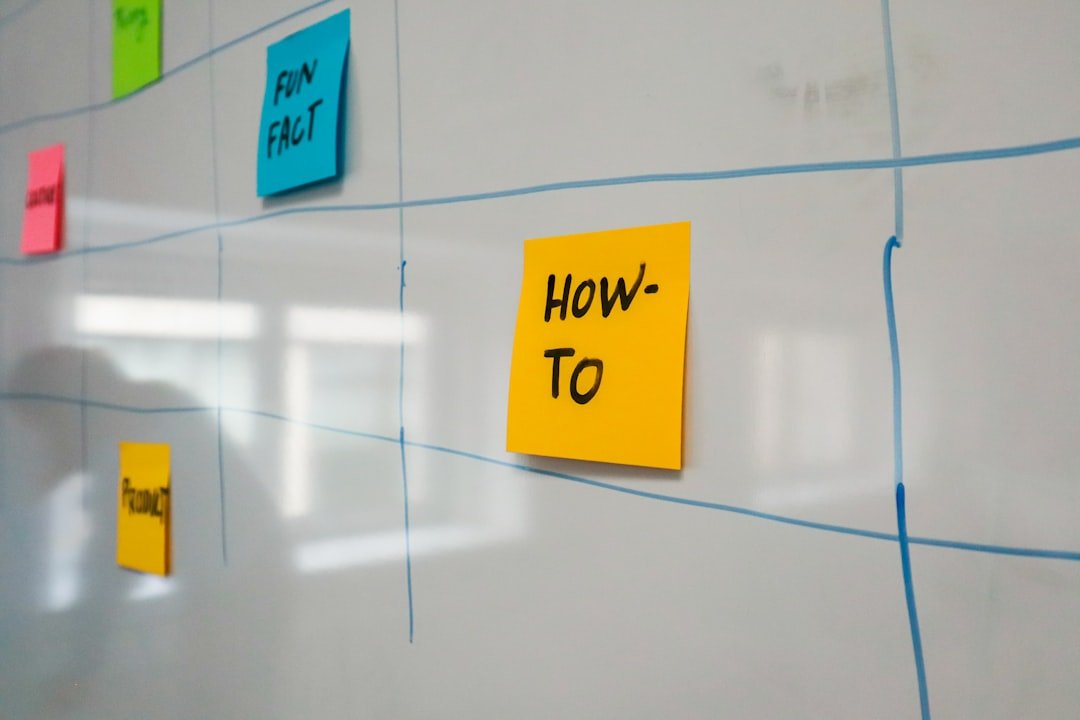how to create a content strategy for a website
Creating a content strategy for a website is crucial for businesses and individuals looking to establish a strong online presence. A well-planned content strategy helps attract and engage your target audience, drive conversions, and ultimately achieve your website’s goals. In this article, we’ll walk you through the process of creating a content strategy for a website that resonates with your audience and supports your business objectives.
Understanding the Importance of a Content Strategy
Before diving into the nitty-gritty of creating a content strategy, it’s essential to understand its significance. A content strategy serves as a roadmap for your website’s content, guiding you in creating and publishing valuable, relevant, and consistent content. This helps:
- Improve your website’s visibility and credibility
- Enhance user experience and engagement
- Drive more conversions and sales
- Support your overall marketing and business goals
Defining Your Target Audience and Website Goals
To create an effective content strategy, you need to identify your target audience and website goals. Ask yourself:
- Who is your ideal audience?
- What are their pain points, interests, and needs?
- What are your website’s primary objectives (e.g., generate leads, increase sales, build brand awareness)?
- What sets your website apart from others in your niche?
Conducting a Content Audit
A content audit helps you assess your existing content, identify gaps, and determine what works and what doesn’t. This step is crucial in creating a content strategy that aligns with your website goals. During the audit:
- Review your website’s existing content (blog posts, articles, videos, etc.)
- Evaluate content performance using metrics like engagement, traffic, and conversions
- Identify gaps and areas for improvement
- Document your findings and use them to inform your content strategy
Setting Content Goals and Objectives
Based on your target audience, website goals, and content audit, set specific, measurable, achievable, relevant, and time-bound (SMART) content goals and objectives. Consider:
- What types of content will you create (e.g., blog posts, videos, podcasts)?
- How often will you publish new content?
- What channels will you use to distribute your content (e.g., social media, email newsletters)?
- How will you measure content success and adjust your strategy accordingly?
Developing a Content Plan
With your goals and objectives in place, it’s time to develop a content plan. This should include:
**Content themes and topics**:
Identify core themes and topics that resonate with your audience and support your website goals
**Content formats**:
Choose formats that best convey your message and engage your audience (e.g., blog posts, videos, infographics)
**Content calendar**:
Create a schedule outlining when and where you’ll publish new content
**Content distribution channels**:
Determine how you’ll share your content across various channels
Creating and Publishing High-Quality Content
With your content plan in place, focus on creating and publishing high-quality content that meets your audience’s needs and expectations. Remember:
**Quality over quantity**:
Prioritize well-researched, engaging, and informative content over high-volume production
**Consistency is key**:
Regularly publish new content to maintain audience engagement and interest
**Optimize for SEO**:
Use relevant keywords, meta descriptions, and optimizing images to improve content visibility
Measuring and Refining Your Content Strategy
Finally, it’s essential to measure and refine your content strategy regularly. Track key performance indicators (KPIs) like:
- Website traffic and engagement metrics
- Conversion rates and lead generation
- Social media engagement and shares
Use these metrics to adjust your content strategy, making data-driven decisions to optimize your content’s impact.
Conclusion
Creating a content strategy for a website requires careful planning, research, and execution. By understanding your target audience, setting clear goals and objectives, and developing a content plan, you can create a strategy that drives engagement, conversions, and business growth. Remember to regularly measure and refine your strategy to ensure it remains effective and aligned with your website’s goals. With a well-planned content strategy in place, you’ll be well on your way to establishing a strong online presence and achieving your business objectives.
About Relvixis: Relvixis is a Canadian-based digital agency specializing in results-driven solutions for businesses looking to grow online.
We offer expert services in SEO optimization, web development, social media management, and marketing automation.
Our team blends creative strategy with technical precision to drive leads, enhance brand visibility, and accelerate digital performance.
To learn more or schedule a free consultation, visit
relvixis.com.







